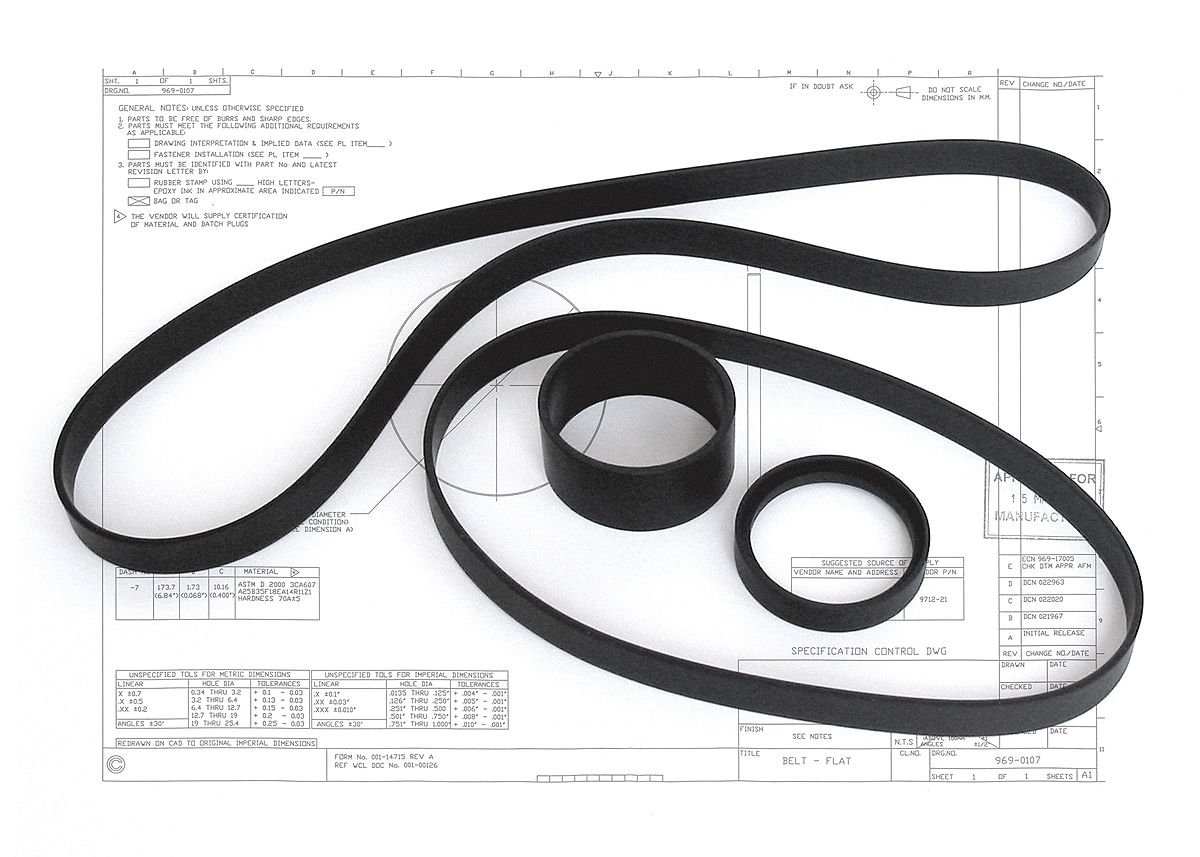What are the properties of XNBR seals?
Introducing carboxylic acid groups to the polymer backbone of NBR (nitrile butadiene rubber) significantly alters the rubber’s properties. For XNBR Seals extra crosslinks in the polymer create improved strength, tear, modulus and abrasion resistance, but at the expense of reduced compression set, water resistance, resilience and some low-temperature properties.

What are typical applications of XNBR seals?
They are recommended for applications requiring good heat, oil and abrasion resistance, such as automotive components.
Carboxylated Acrylonitrile Specifications
Why choose custom versus standard XNBR seals, gaskets or mouldings?
DP Seals manufacture custom parts only. If you are currently using standard parts, but have some level of dissatisfaction with results, read our article with nine great reasons to choose custom over standard solutions.
- Custom XNBR seals
- Custom XNBR gaskets
- Custom XNBR mouldings
- Micro XNBR moulding
- XNBR to rubber bonding
- XNBR to metal bonding
XNBR material expertise
At DP Seals we pride ourselves on being able to provide specialist advice in selecting and developing exactly the right blend of materials to meet a vast range of performance requirements.
We also maintain a large quantity and variety of quality raw materials in stock, enabling us to offer fast turnaround and provide for tight deadlines.
The information provided here is only a guide to the primary characteristics and uses of XNBR seals. The relationship between material, product performance and blend options is complex.
Below you’ll find many free resources to help you think about material selection and we are always on hand to discuss your requirements and provide expert advice.
Handy Product Development Resources
- Design engineers checklist
- Chemical Compatibility Database
- Rubber Compound Data Sheets
- Videos with Top Tips
- Guide to developing Custom Rubber Seals, Gaskets & Mouldings
- Rubber To Metal Bonding Guide
Customer Testimonials
As someone who has been assessing suppliers for over 20 years it was quite apparent to me that DP Seals are technical experts and industry specialists. In meeting our 4M and QCDES standards it was their personal touch and attention to detail that helped set them apart. Natasha Witcombe, Technical Procurement Engineer, Ricoh
Read more customer testimonials
Find out more
- Speak to our Material Technologists on +44 (0)1202 674671